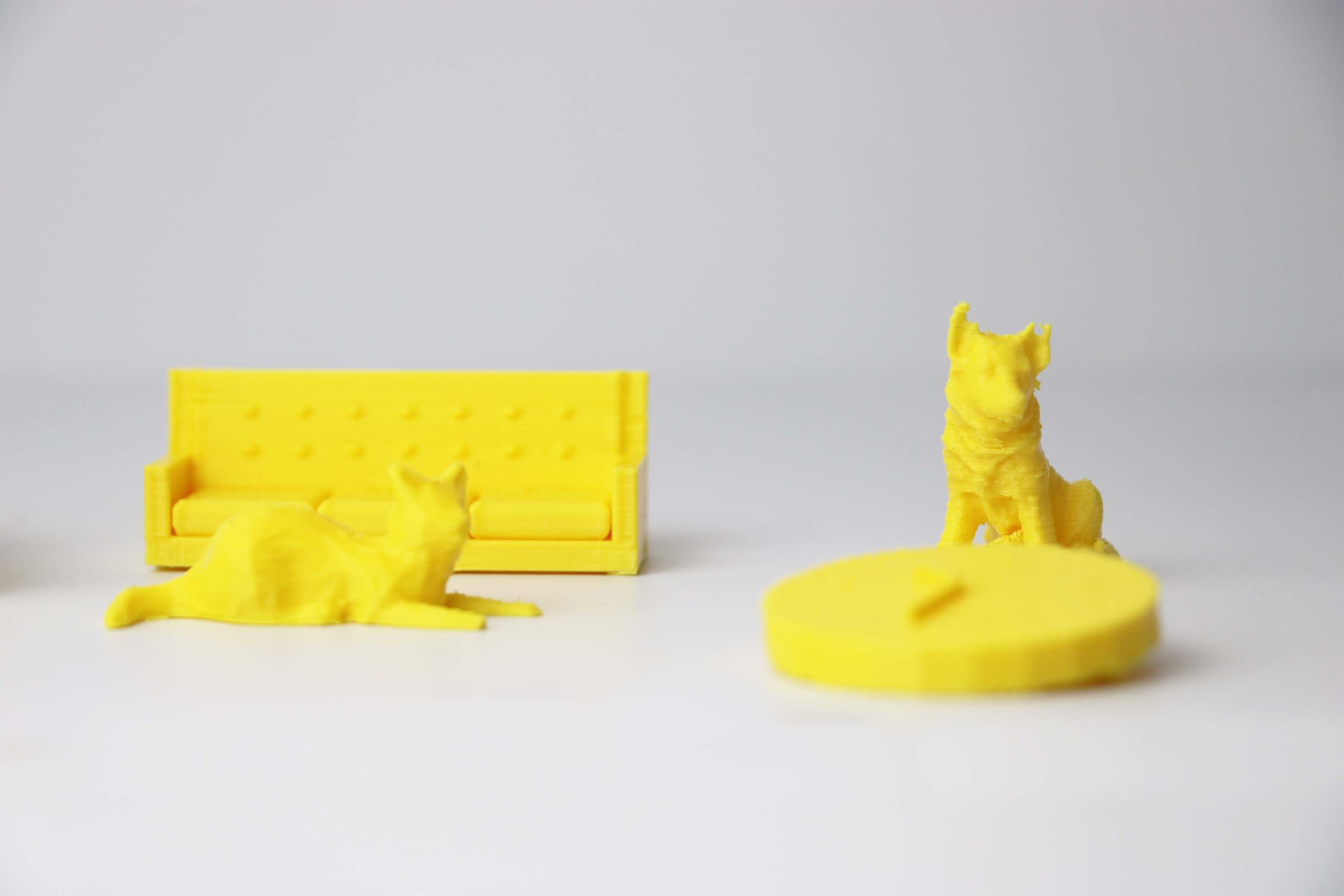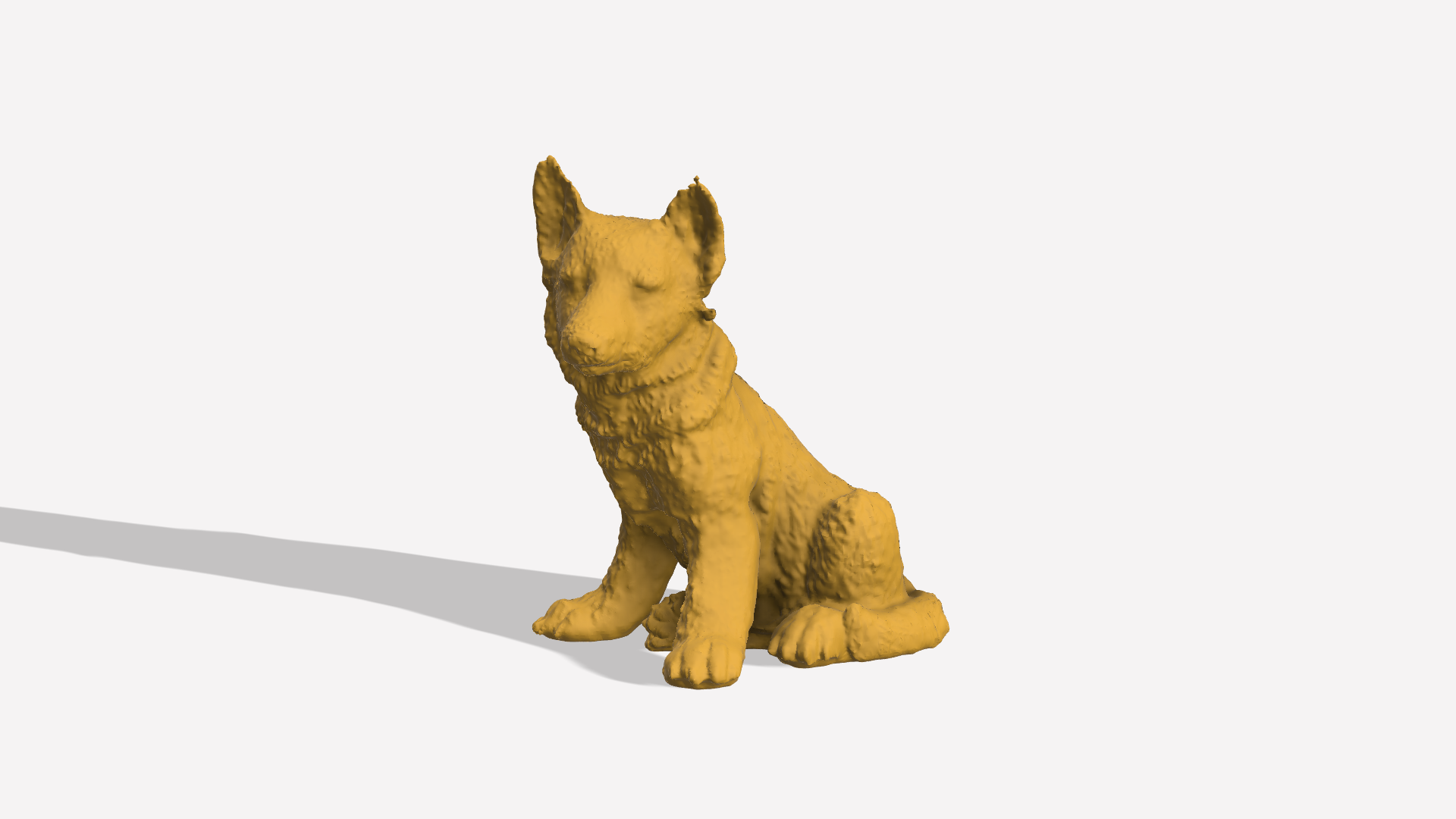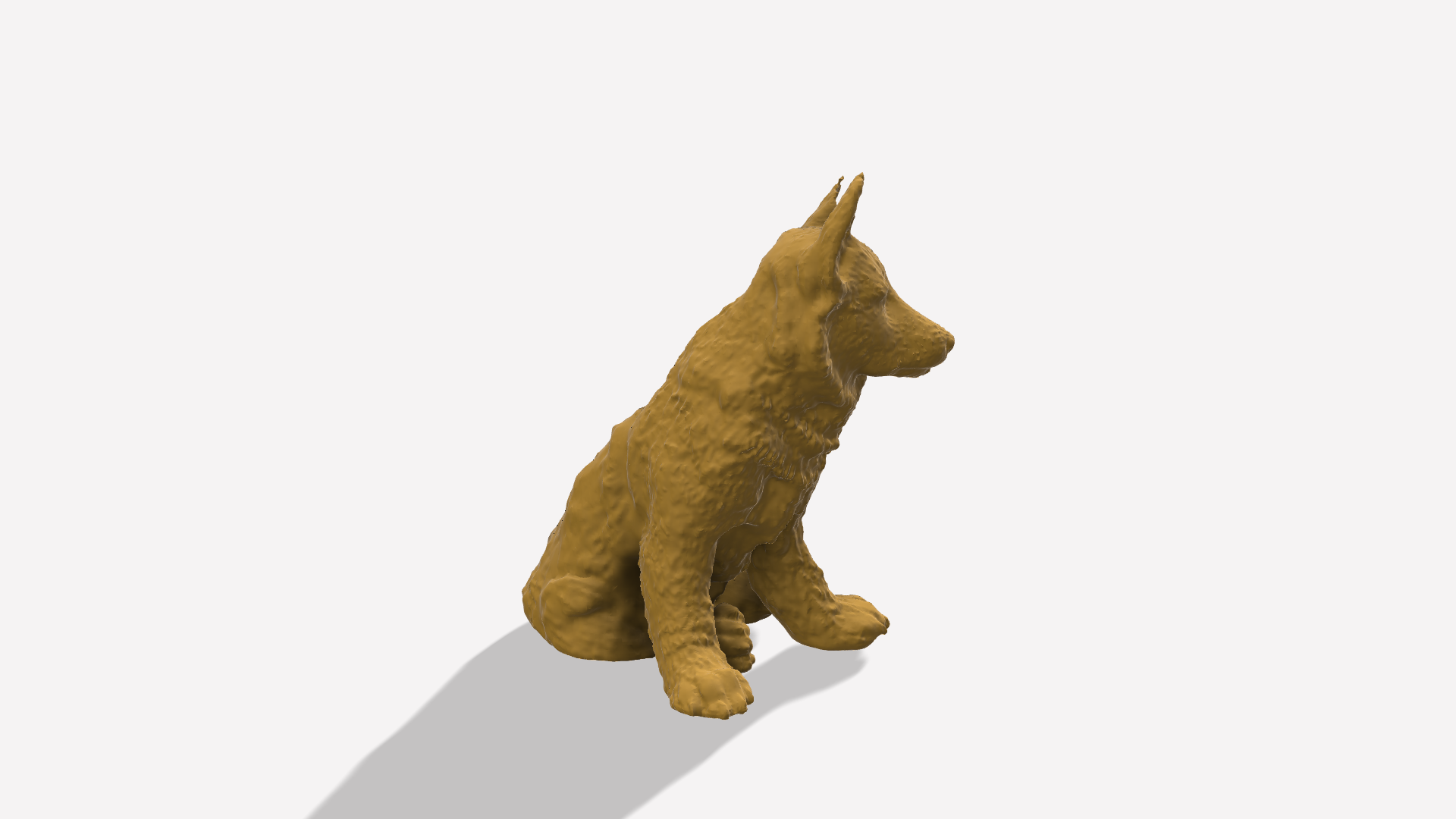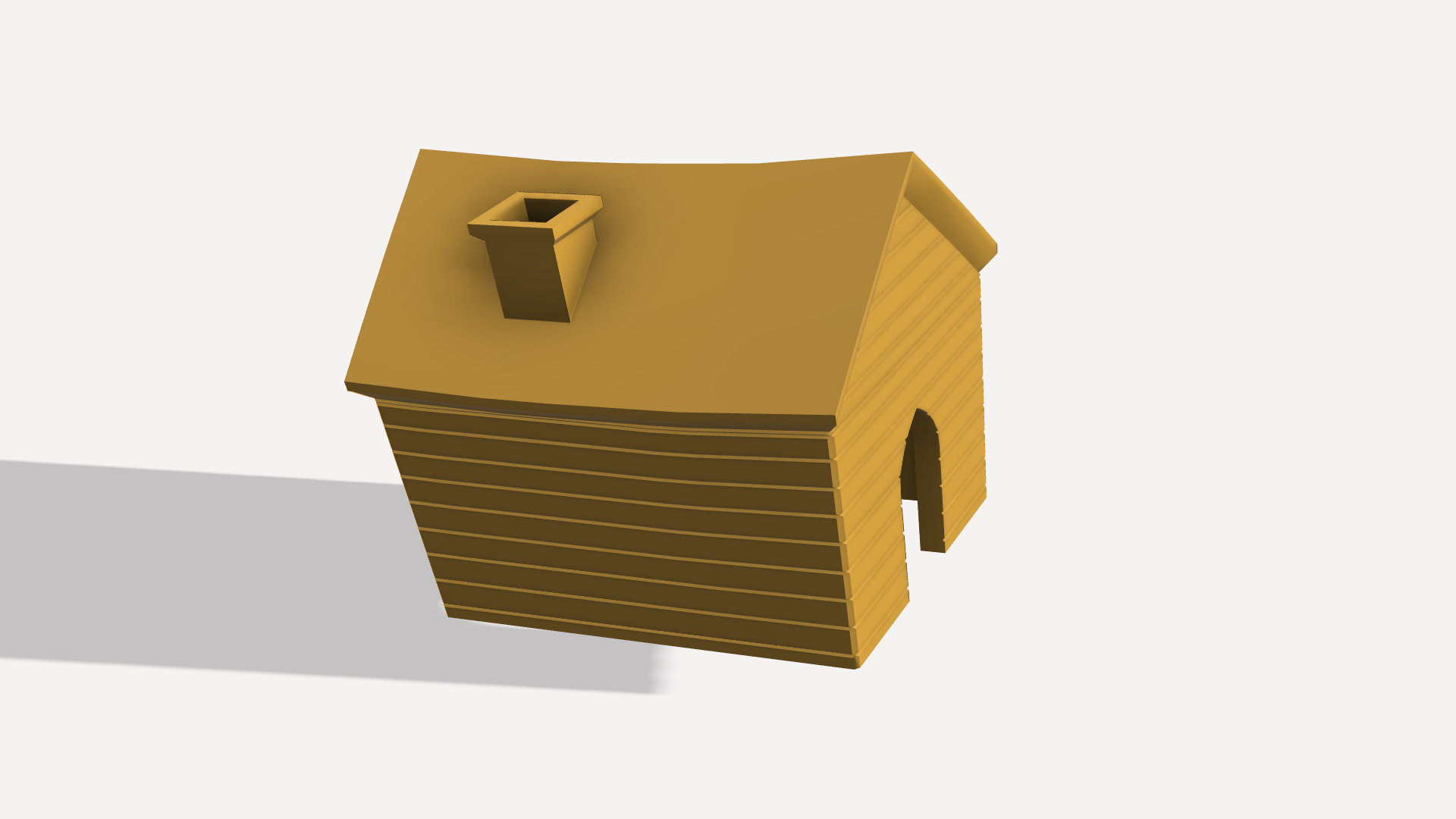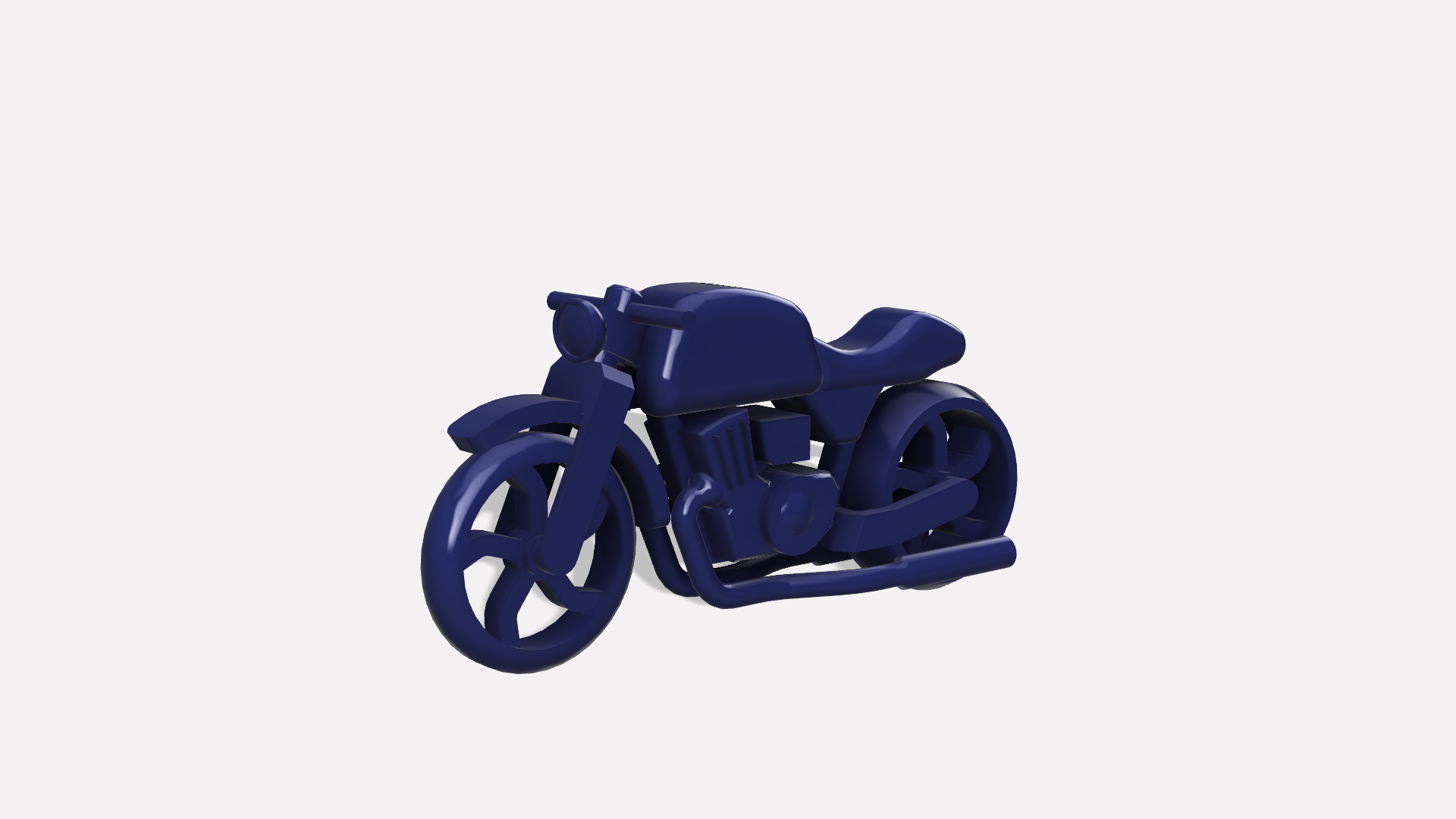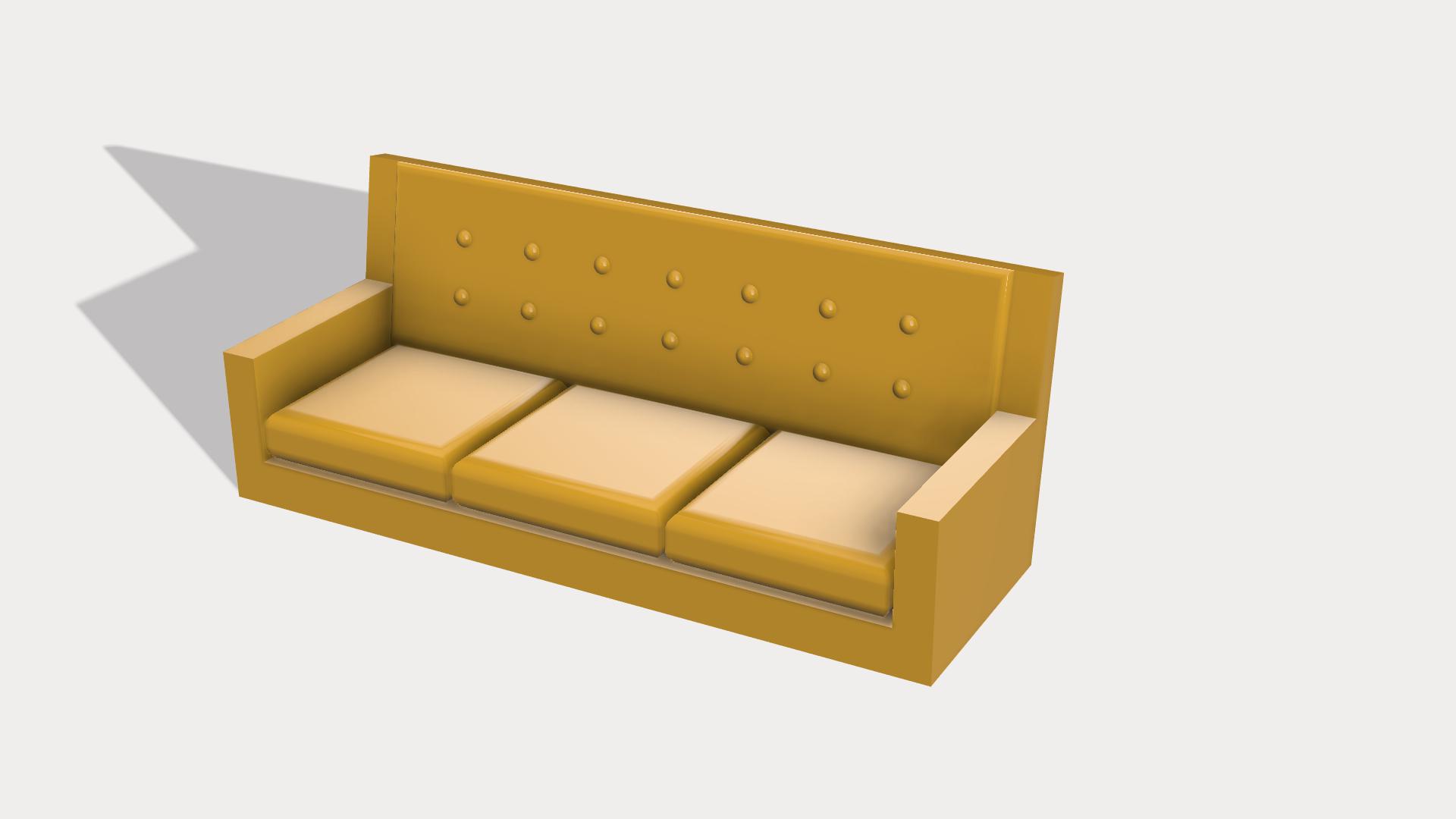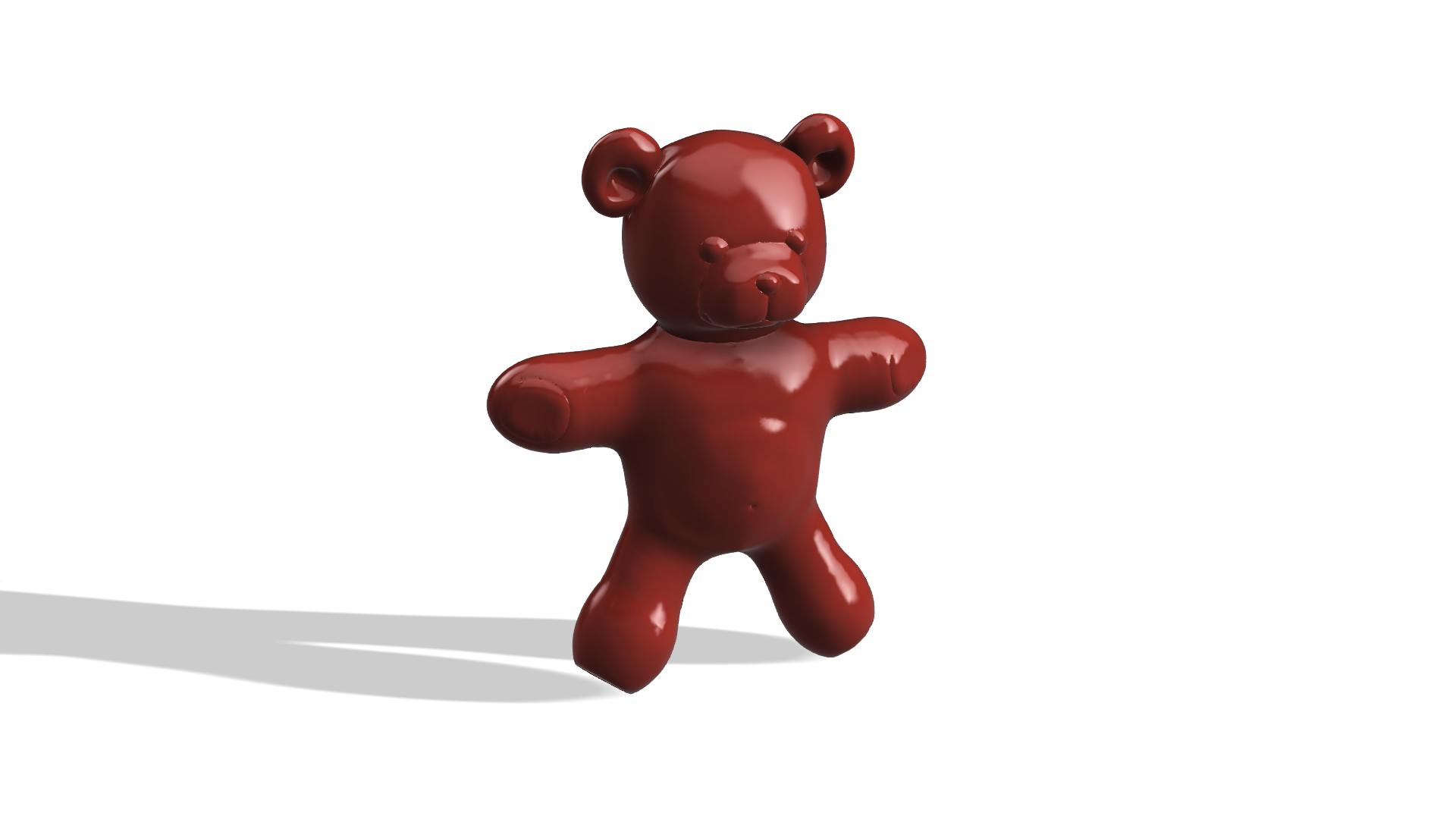
About
Exercise name:
Reminiscence Therapy
Which cognitive area is it related to?
Abstract thinking, Concentrations, Emotion, Long-term memory, Sensory memory, Socialization, Speech activity
Description of the exercise:
Producing objects that remind of something to the patient. For example: 3D printing house. After viewing the object, the person has to remind his/her house and to speak about it. After first explanation by the subject, facilitator will ask about a general description, requesting that it be as detailed as possible (it is recommended to use memory of all senses), after that it will be asked about emotions to the object, pet…, finally it will be asked to explain some short true story about it..
INSTRUCTIONS
An object (house, car, dog, sofa, clock, toy, etc.) is shown to the subject.
After looking at the object, the person has to remind their own object and to speak about it. After the first explanation by the subject, the facilitator will ask about a general description, requesting it to be as detailed as possible (using the memory of all senses is advisable); after that, the subject will be asked about emotions related to the object, pet…; finally they will be asked to explain some short true story about it.
This could be done in groups with different subjects of same level, encouraging them to share things with others and fostering memories to emerge through the memories of others
Who is the game for – The game is suitable for professionals in a day center and residential service, as well as for a family caring for a loved one with dementia. It is suitable for people with mild to moderate dementia.
Necessary materials – pre-made various figures of objects to evoke memories – house, car, in various old models, figures of domestic animals such as dogs and kittens. All materials must be placed in the Memory Box. Add a piece of paper and a pen so you can write down people’s stories.
Preliminary preparation – All figurines should be in the Box remembered. Make sure there is at least one figure for each participant.
Participants – a group of 2 to 6 people with the caregiver.
Note – if the group is over 6 people it is good to have at least two caregivers. This game is run by a caregiver.
Location – Choose a quiet place where the person with dementia and the person around you feel comfortable, e.g., around a dining table or coffee table where the materials can be placed.
Presentation – explain what you will do together, in a calm and fun way. Ask someone to take the materials out of the Memory Box. Let each participant look at all the figurines and choose the one that most reminds him of his pet or place. Then have everyone share a memory related to the subject they have chosen. If necessary, keep the conversation with supporting questions.
Finally, read the stories told.
Congratulations on the nicely done job.
How can this model be used at home and in residential care/nursing homes?
Dementia affects a person’s cognitive functions, self-identity, memory and concentration. It develops gradually and leads to a change of personality. People with dementia have a problem with memory, which leads to recall difficulties and problems with speech, coordination, abstract thinking, concentration, planning, orientation with regard to place and time, frequent mood swings.
It is not difficult to apply, because it is only needed that facilitator will consider which objects could produce more reminiscences to each subject (or subjects), like a house, a car, a pet, a ball, an instrument…
Facilitator has to decide whether to use this exercise individually, showing the object to the subject and asking him/her to start talking about his/her house, car, etc. and after that more concrete questions about detailed descriptions (using the different senses), emotions or stories. It can also be done in one group with different subjects of same level, encouraging them to share things with others and fostering memories to emerge through the memories of others.
This type of exercise will stimulate
• Long term memory
• Concentration
• Sensory memory
• Express emotions
• Speech
• Socialization
• Abstract thinking
It’s a very pleasant activity to be done with family members or even with formal caregiver. It would encourage the patient to speak about their memories involving the 3D printed object. Groups of patients can be formed, so one patient can explain their memories to the others about, for example, a house, or a pet.
What benefits can be obtained with its use?
This exercise will help in several processes
• Use and train long-term memory in a safe environment
• Increase social relation
• Focus in sensory memory
• Reminiscences
• Express emotions
• Abstract thinking
• Socialization
Technical specification of the model
Technology:
FDM
Material:
PLA
Colour (One piece one colour):
Different colours
Suitable dimensions for its use in the classroom (MM):
About 15cm x 15cm
Should the piece be resistant or be subjected to stress?
No
Should it be printed during meeting with person with dementia, before or after?
Before
Do you have to paint the model?
No
Number of pieces of which the model is composed:
1
Ensemble type if necessary (slot, clip, screwed ...)
No
Accuracy and definition required. (Quality) Low, mid or High.
Medium
Images

STL files viewer
Good luck!

